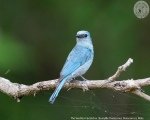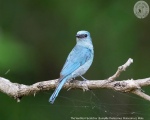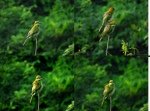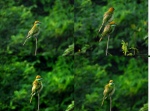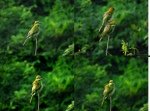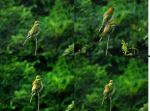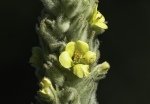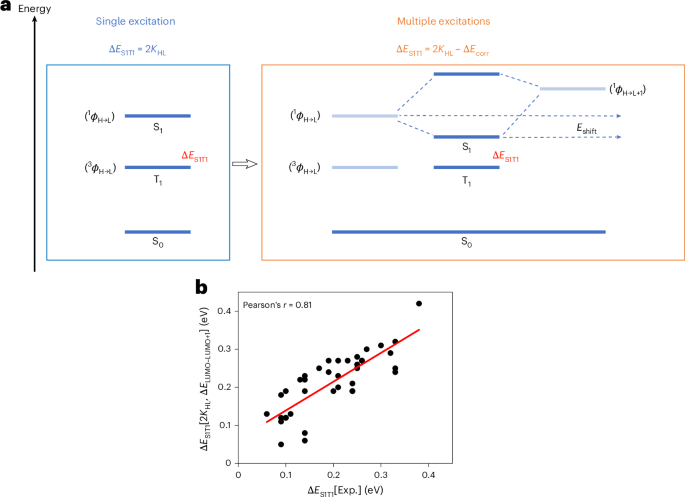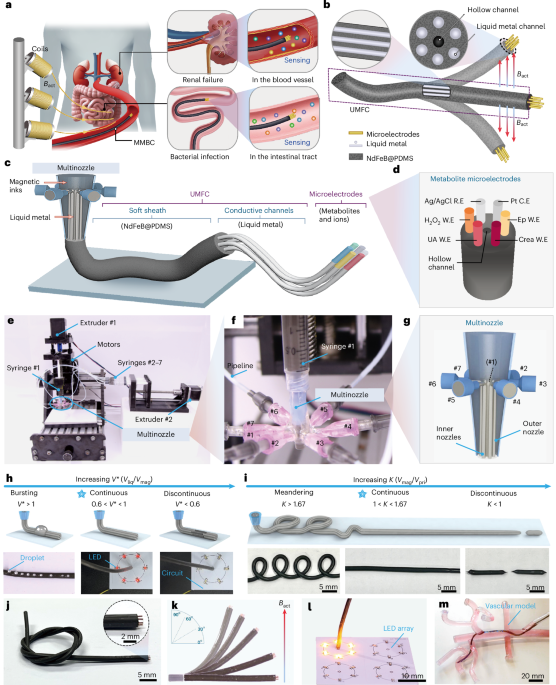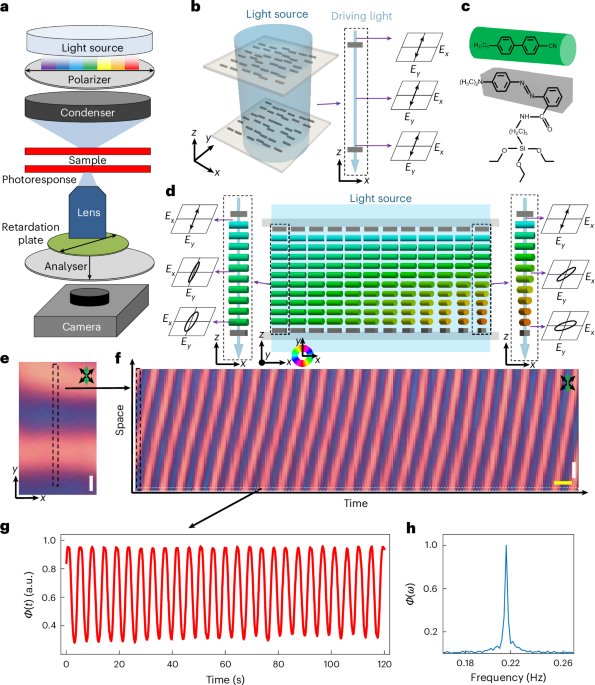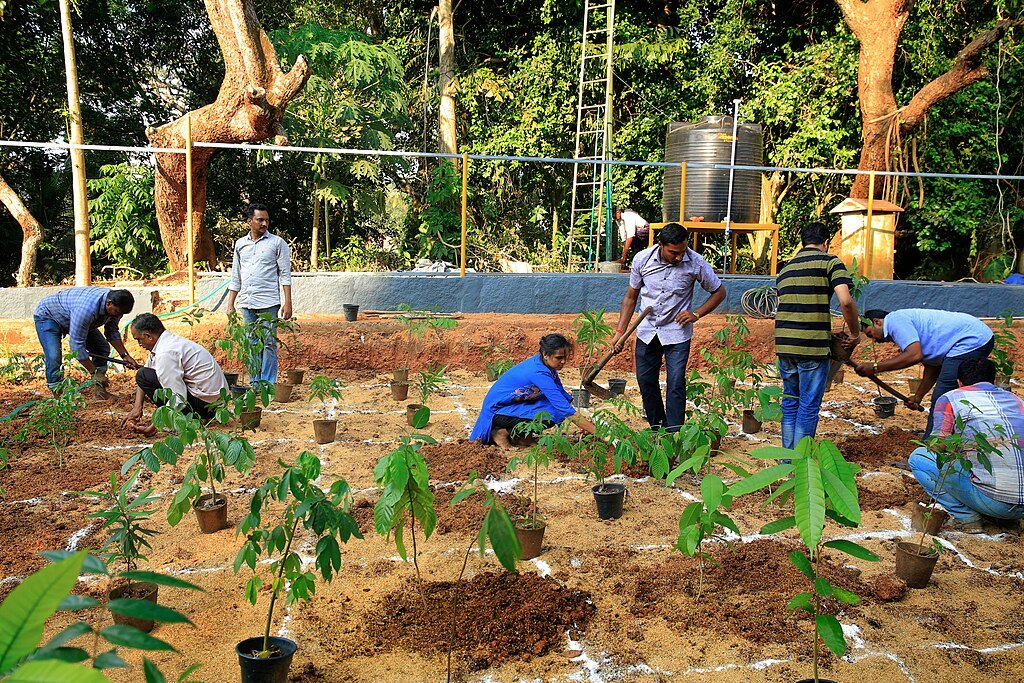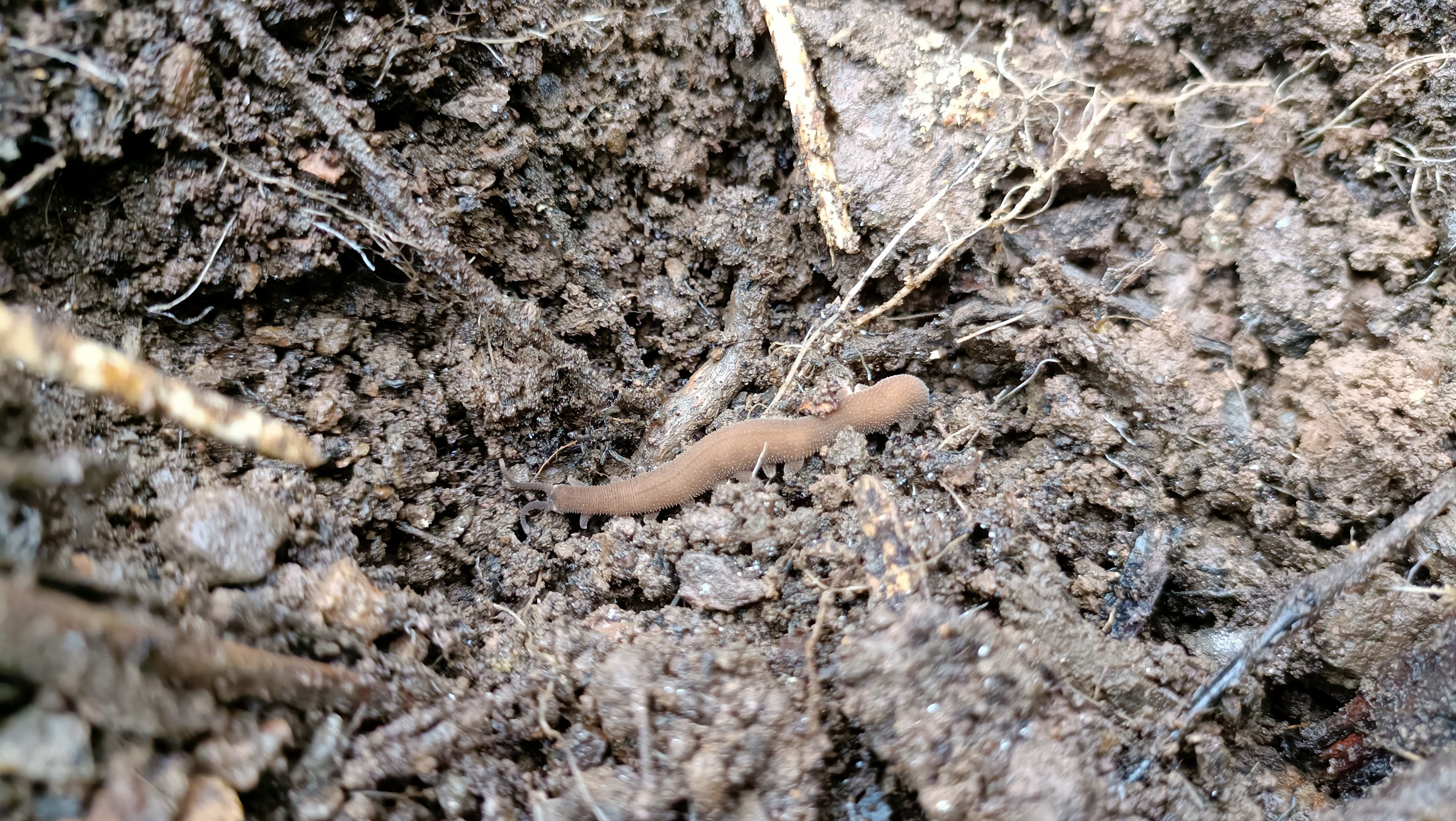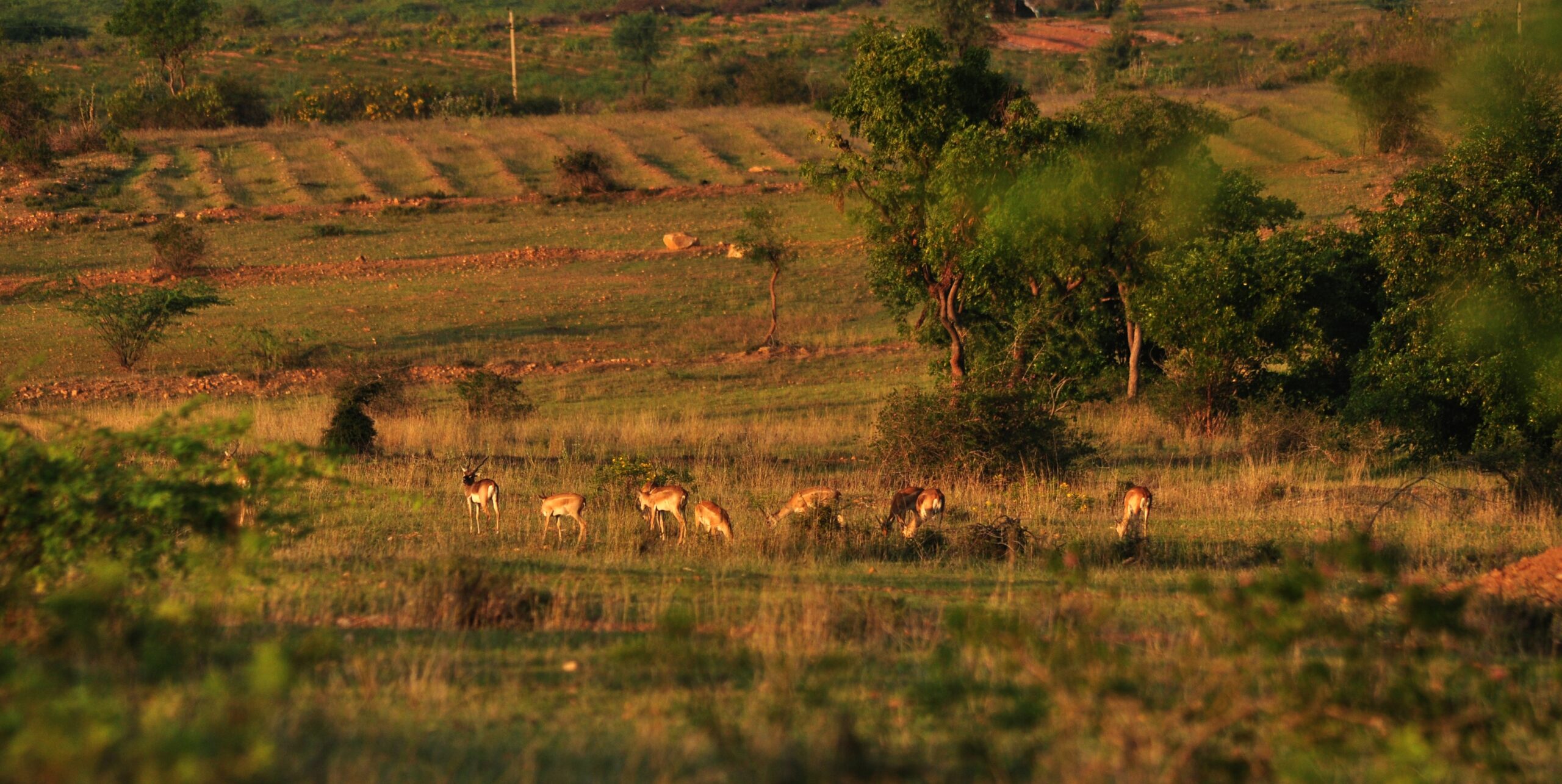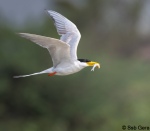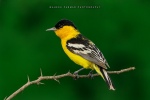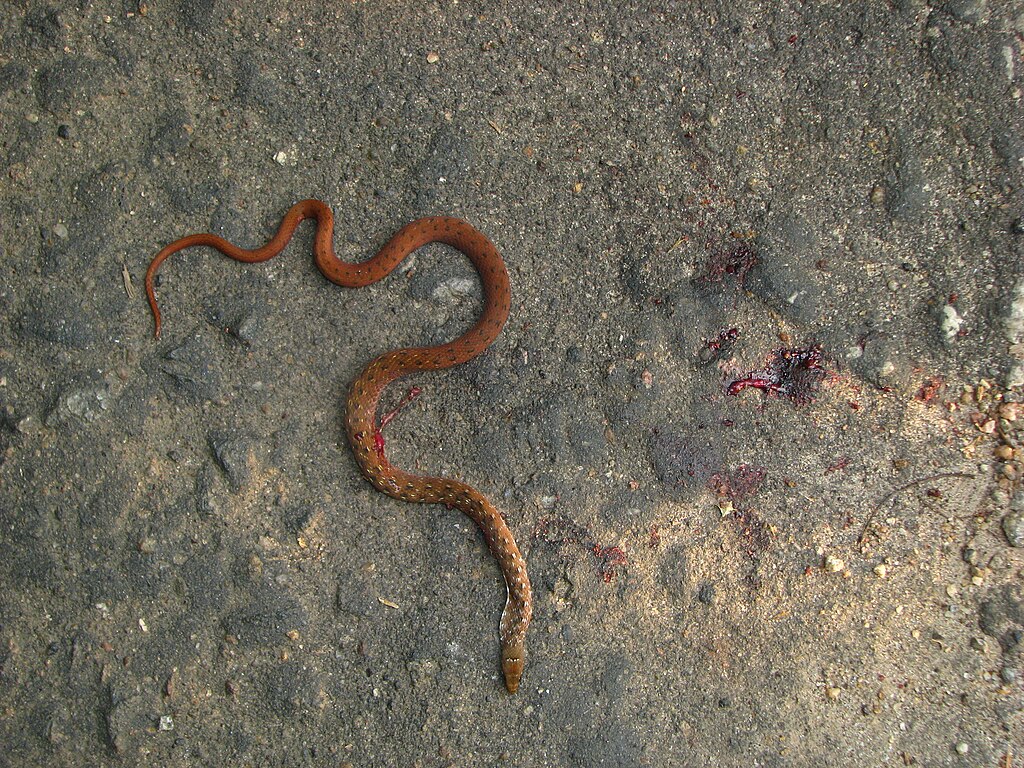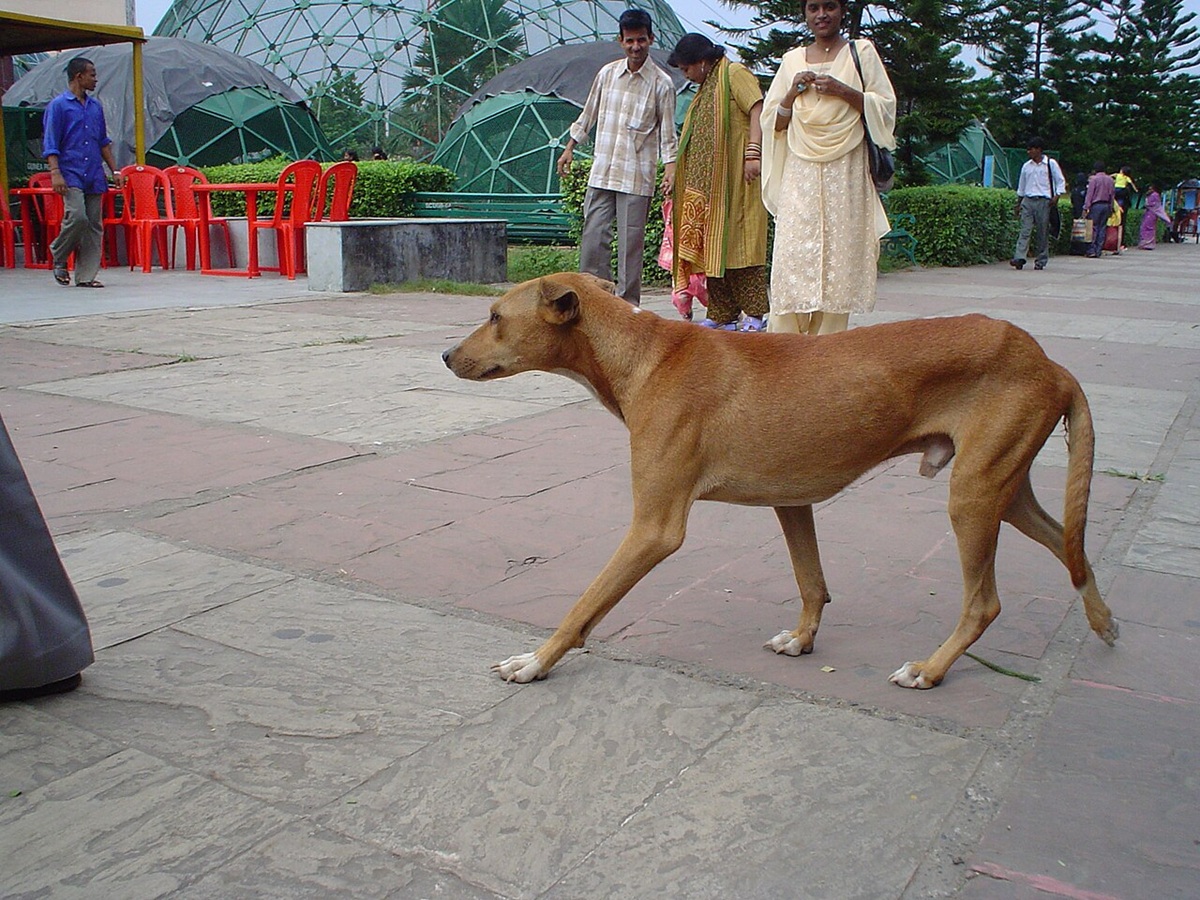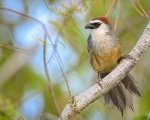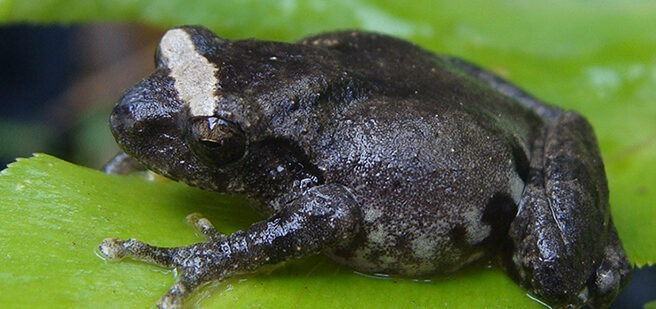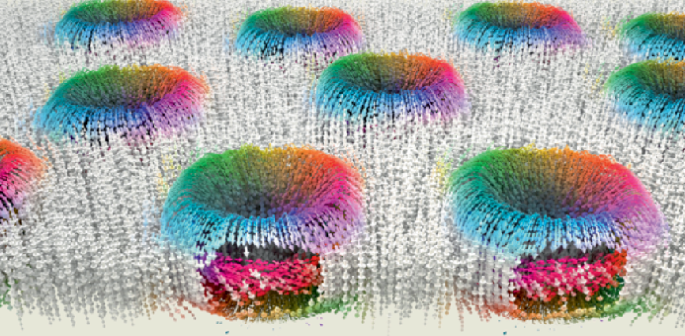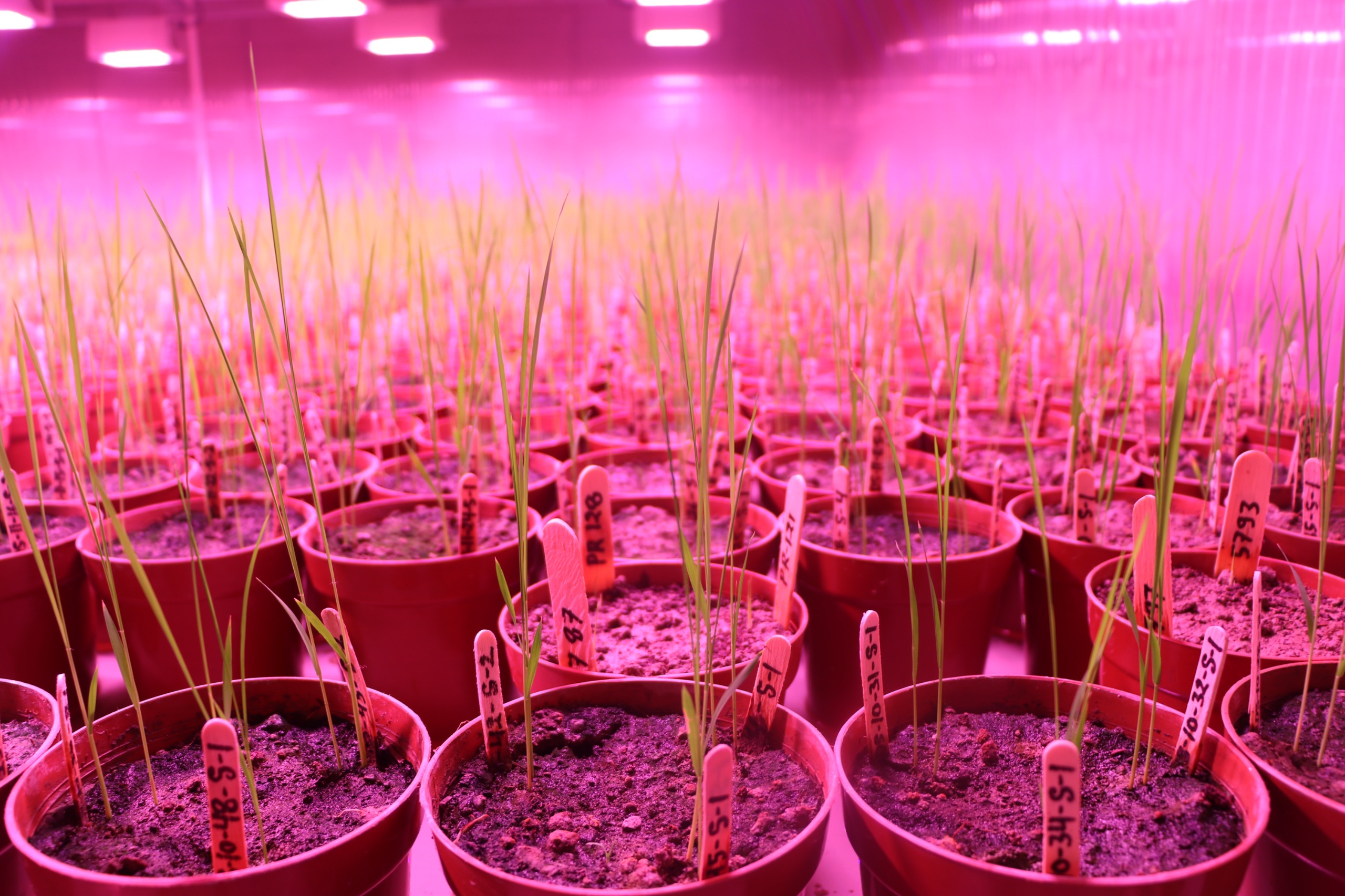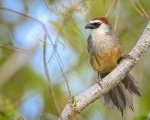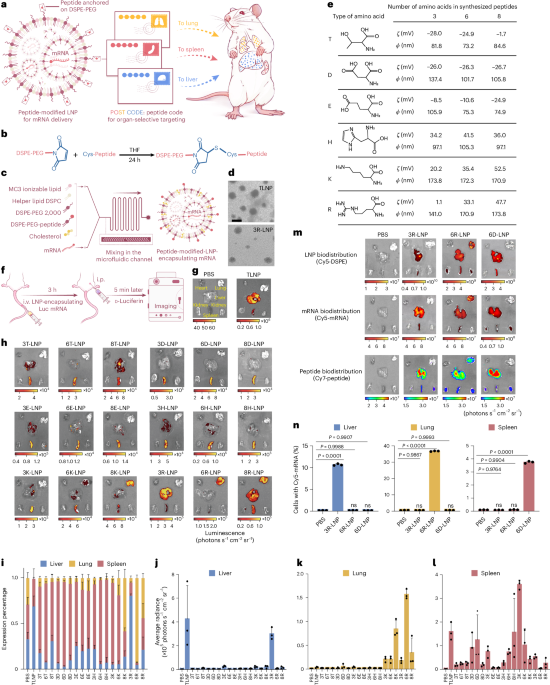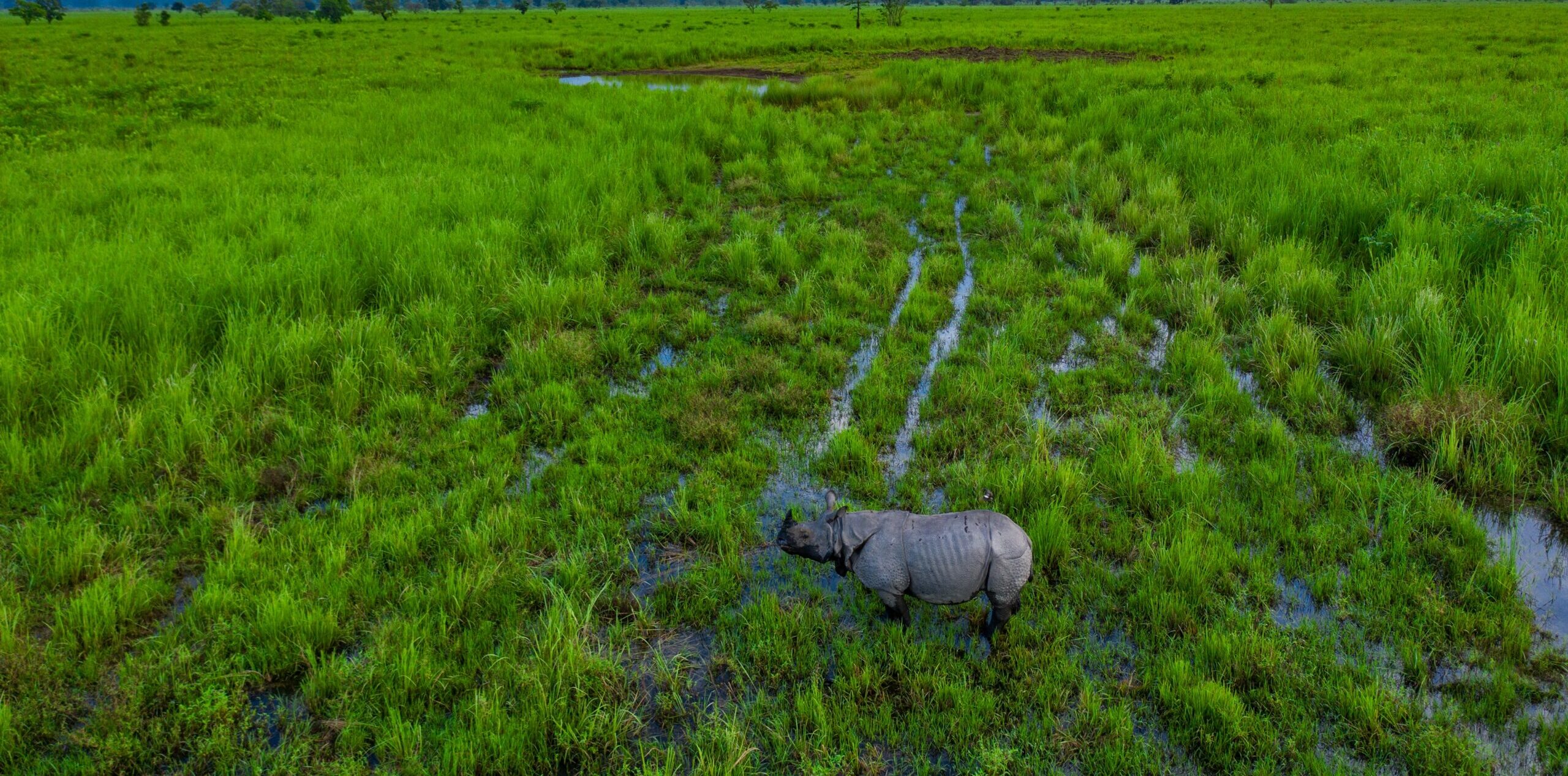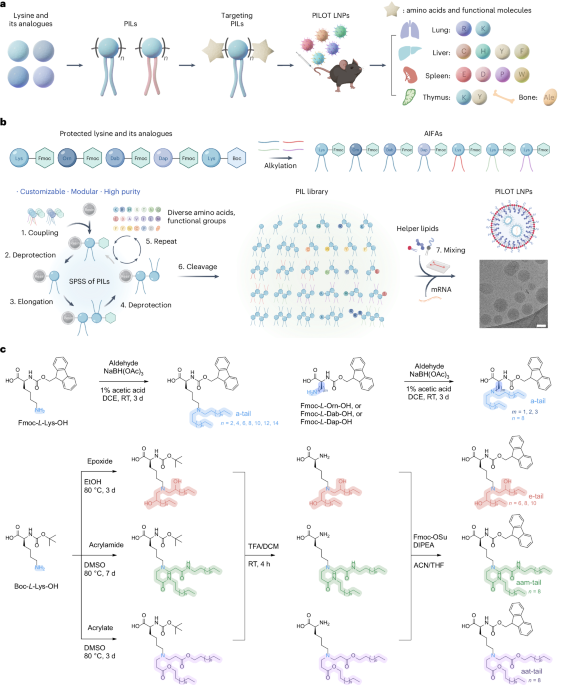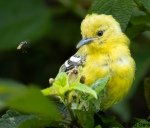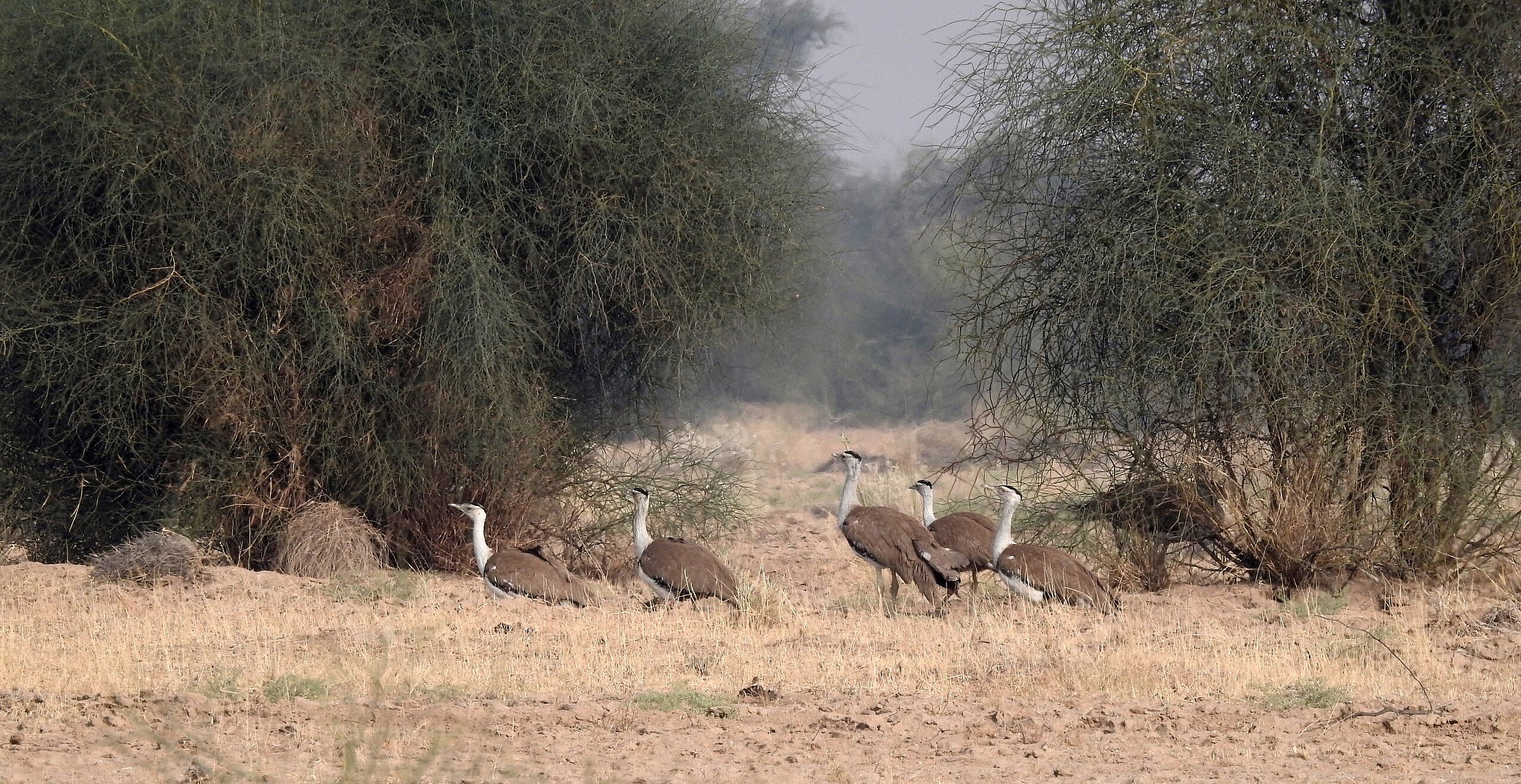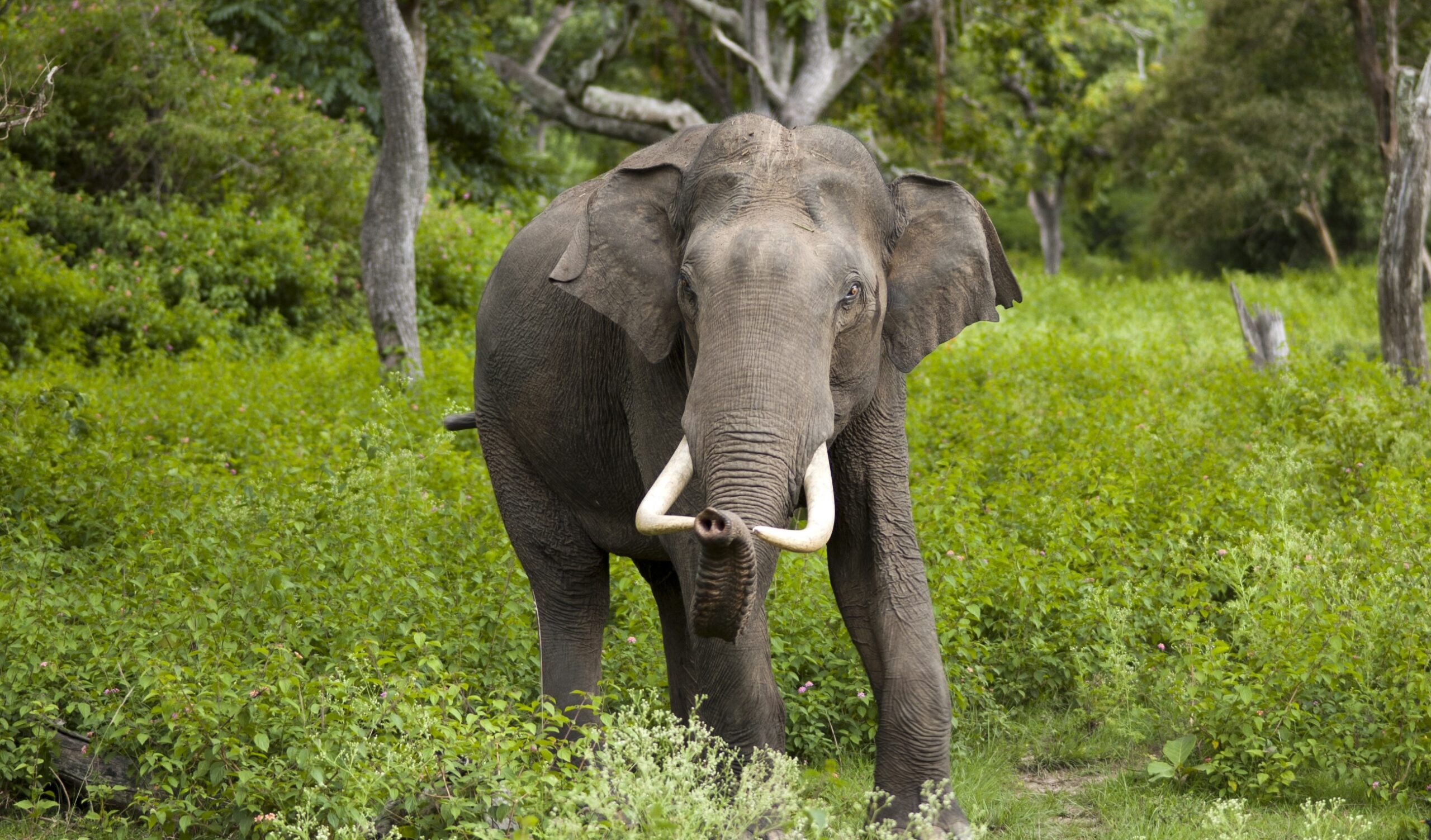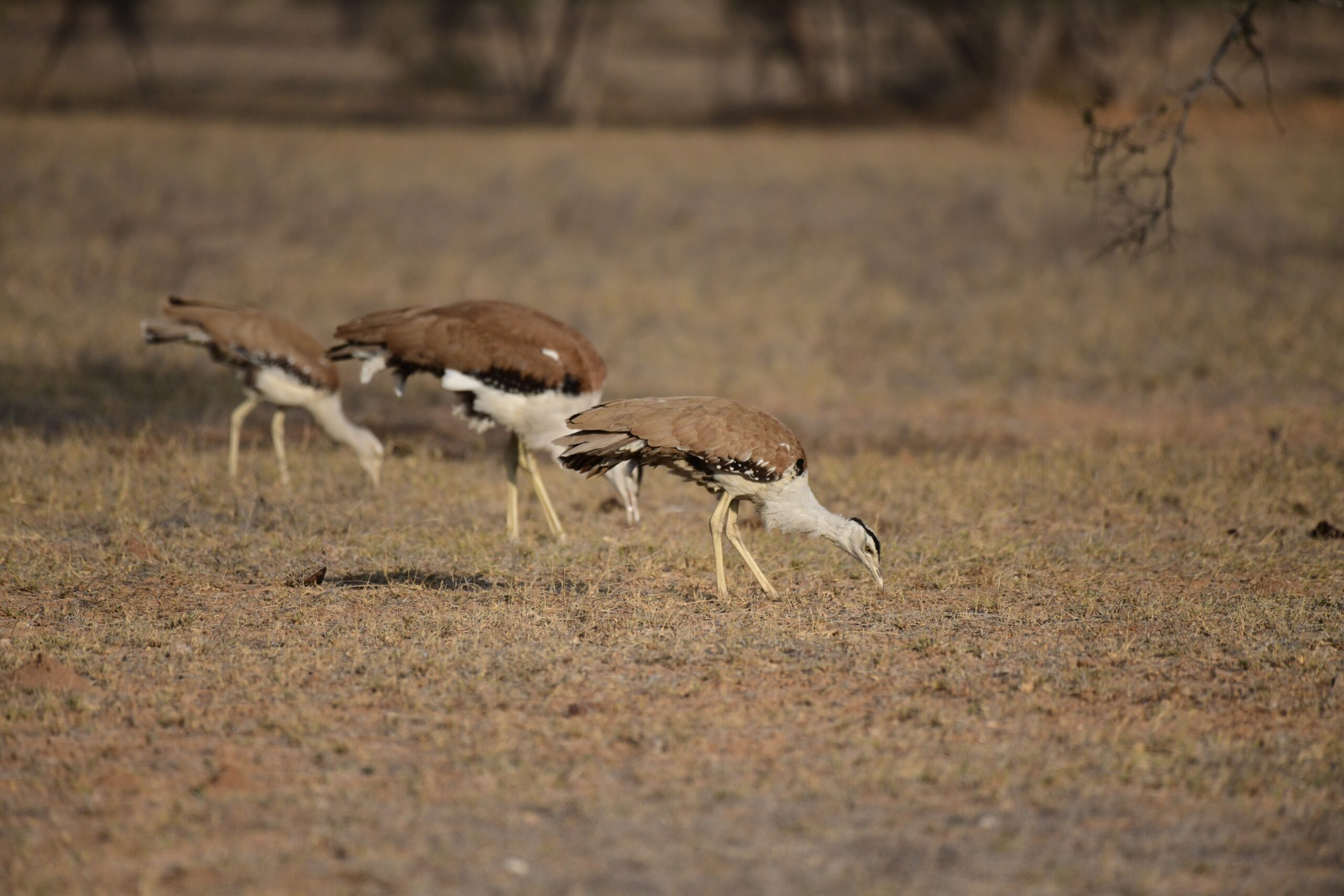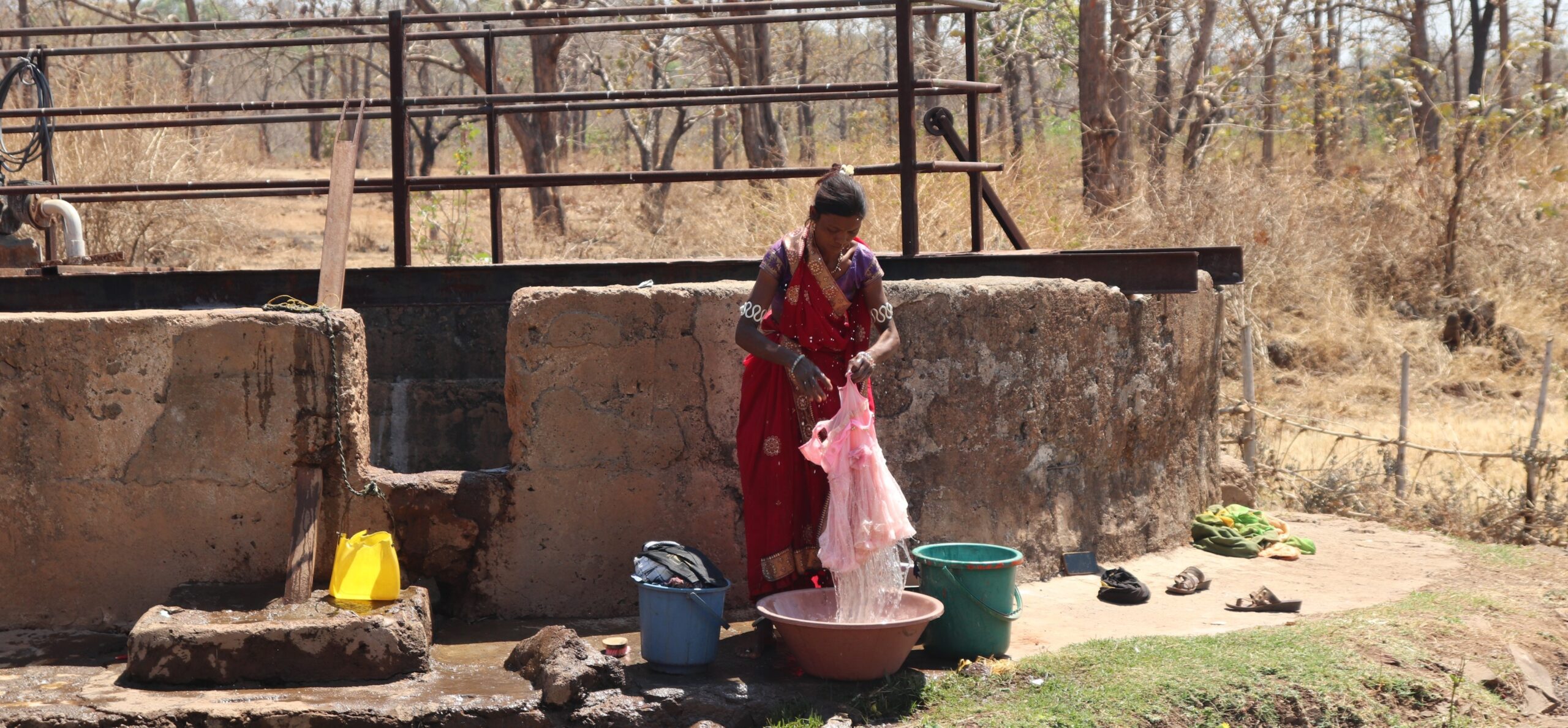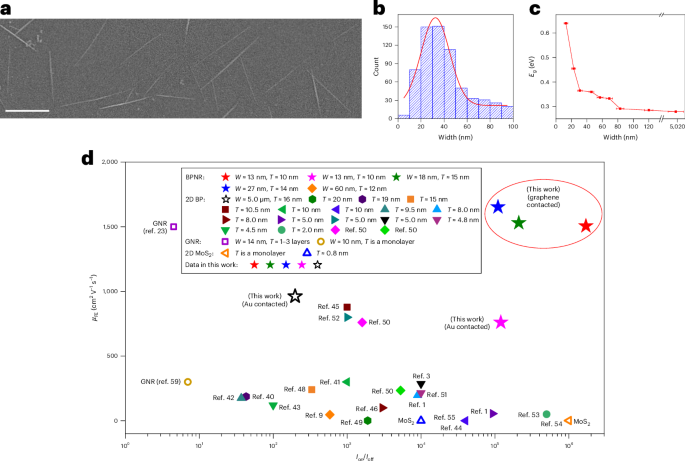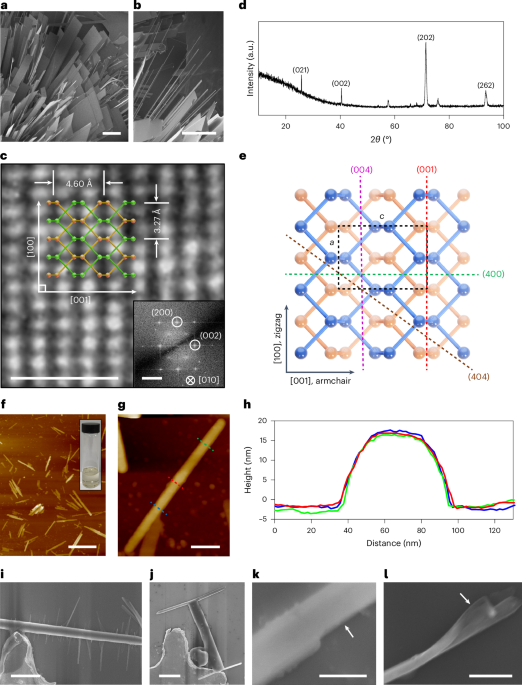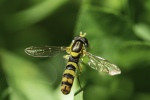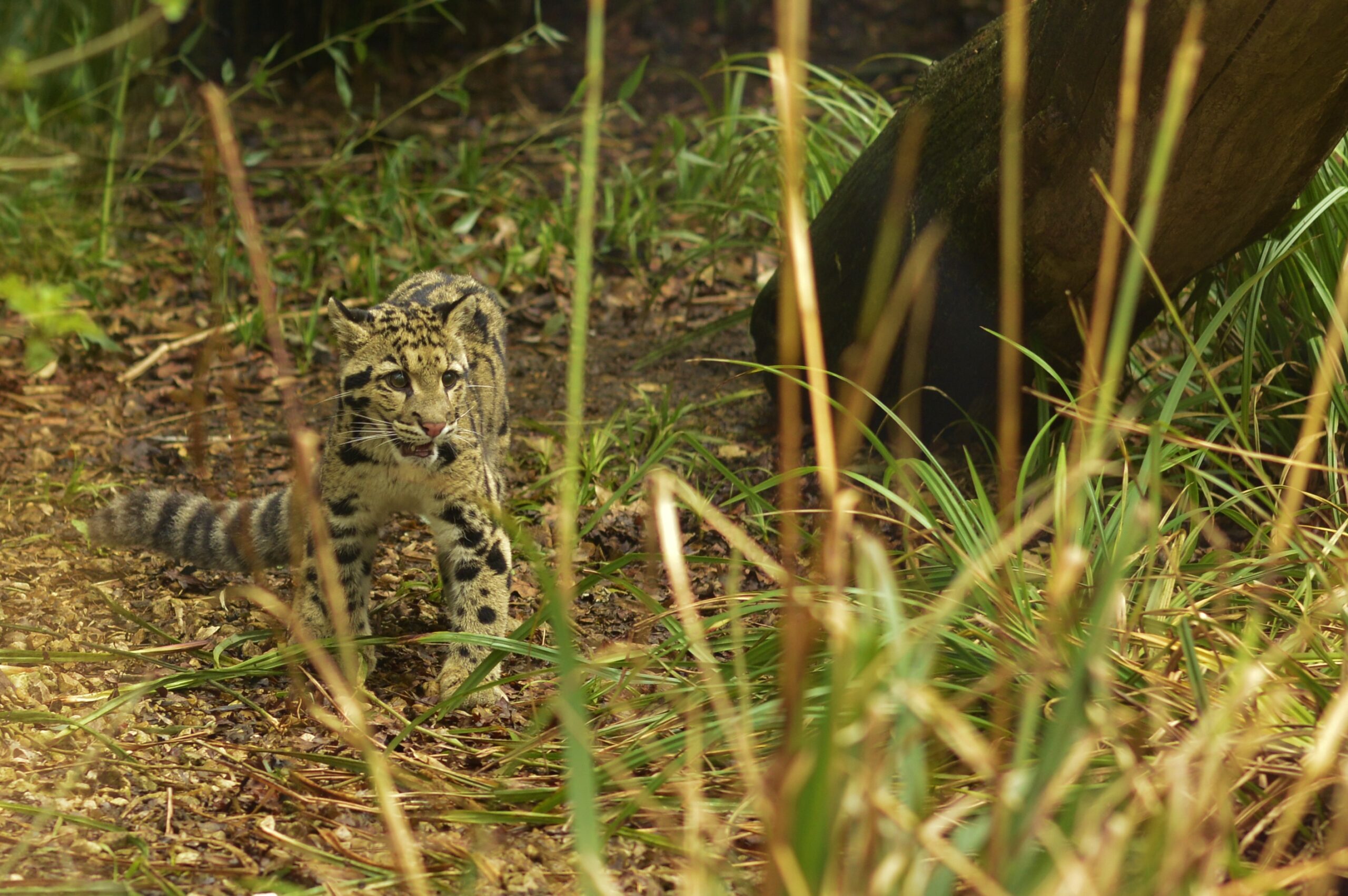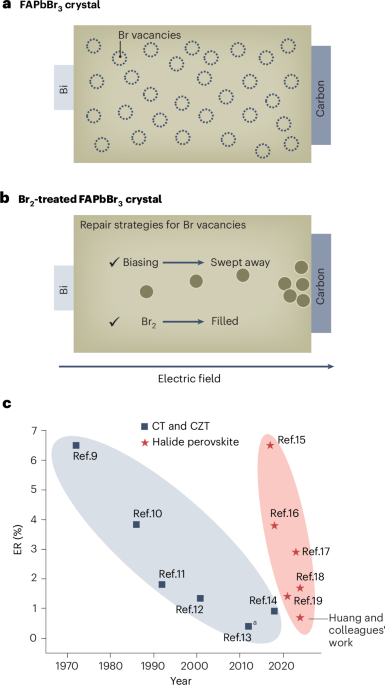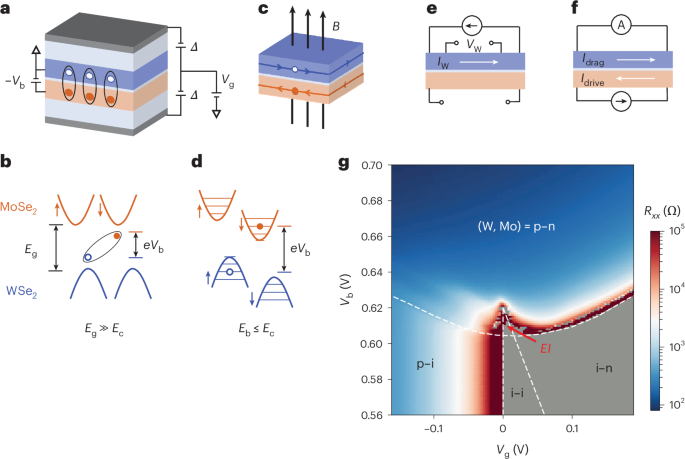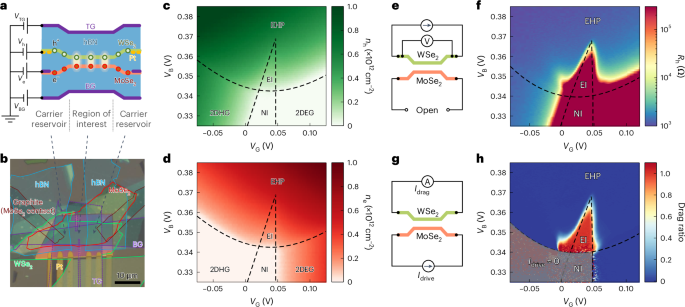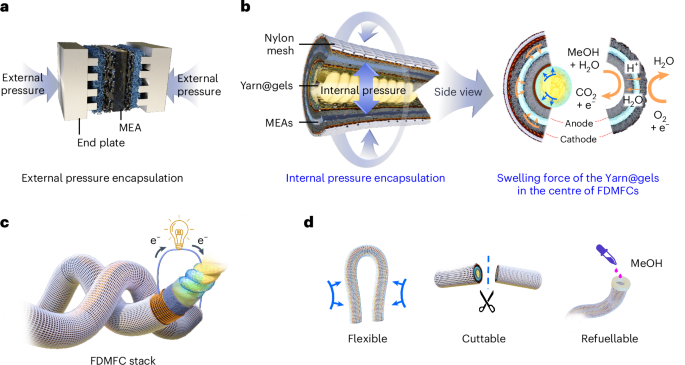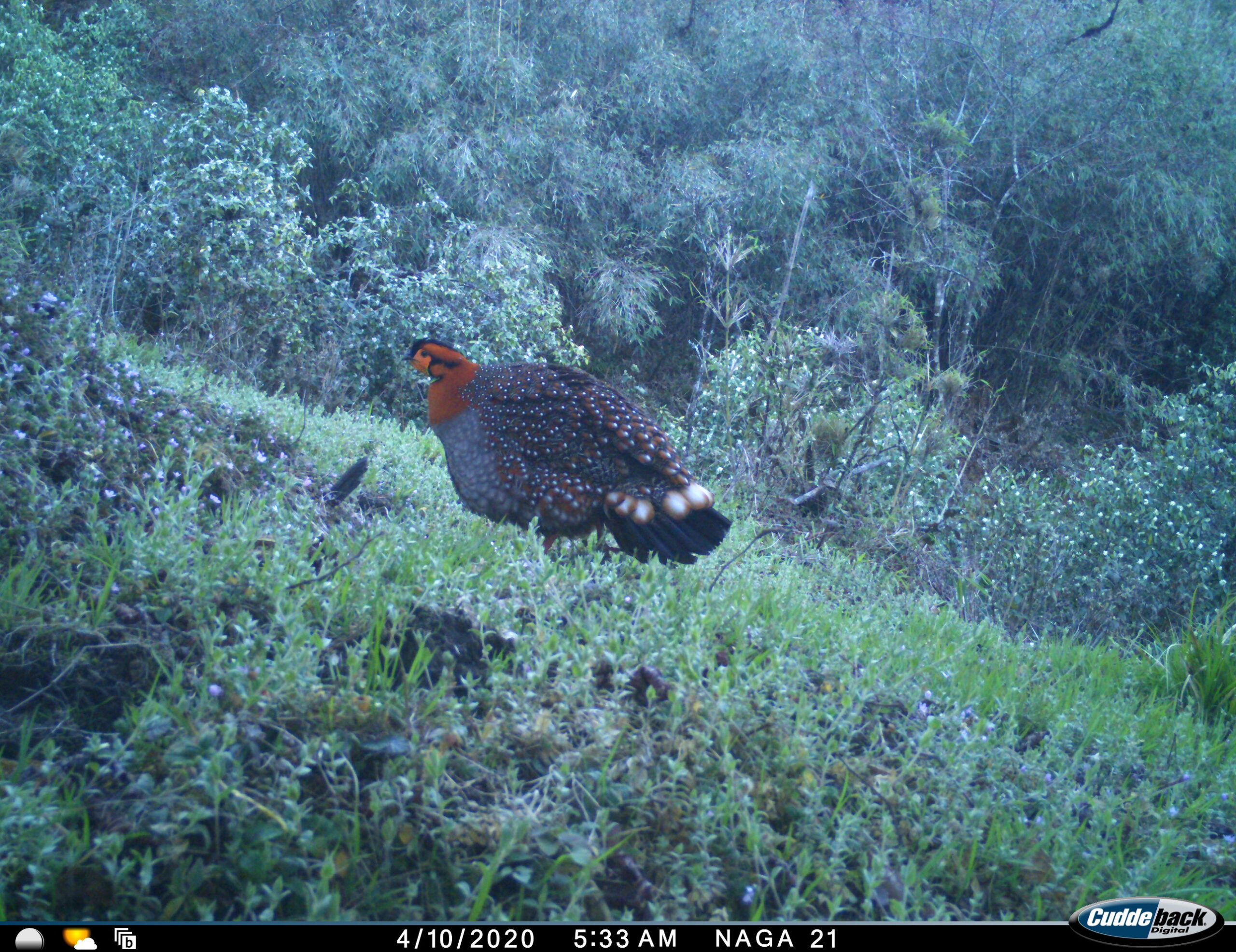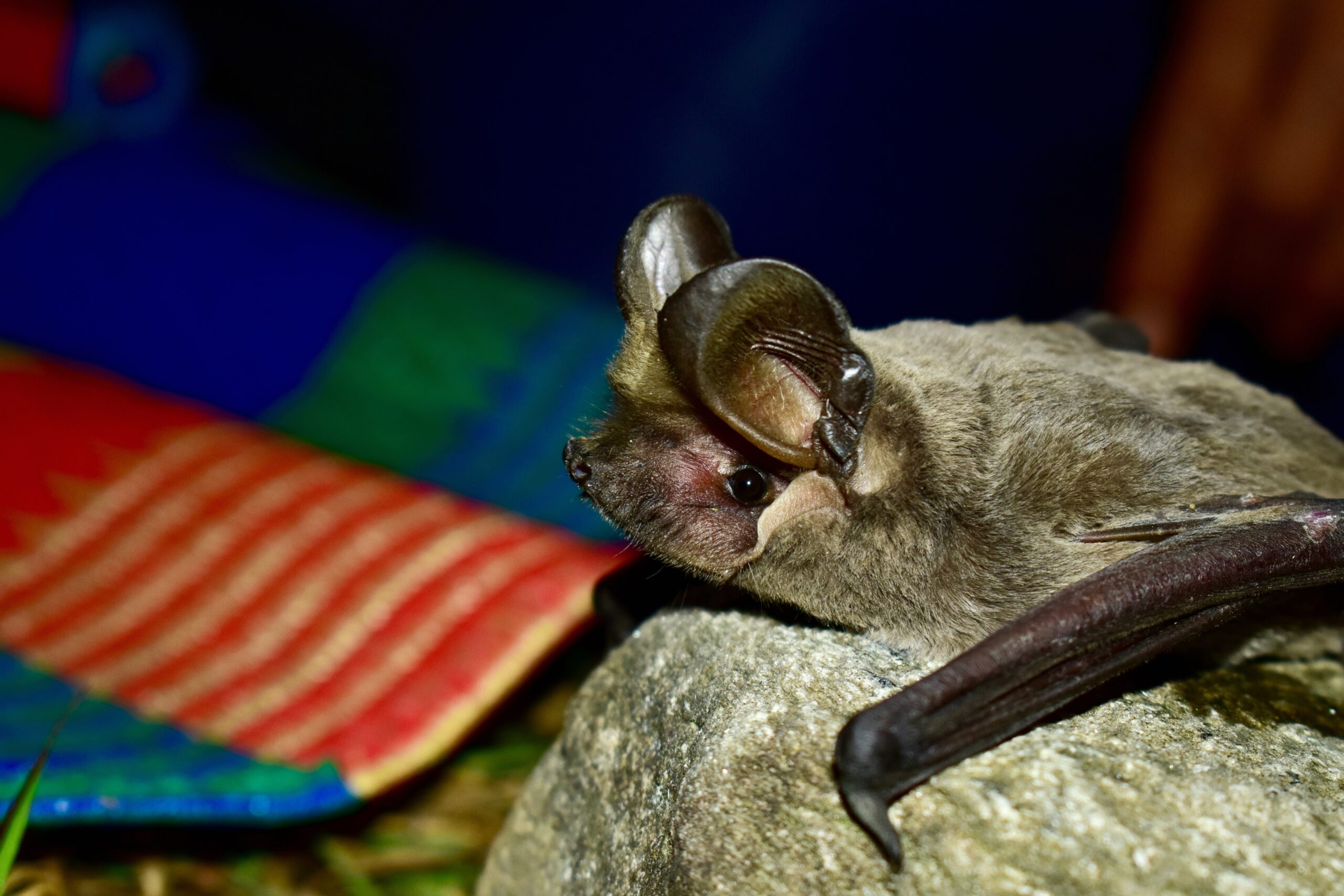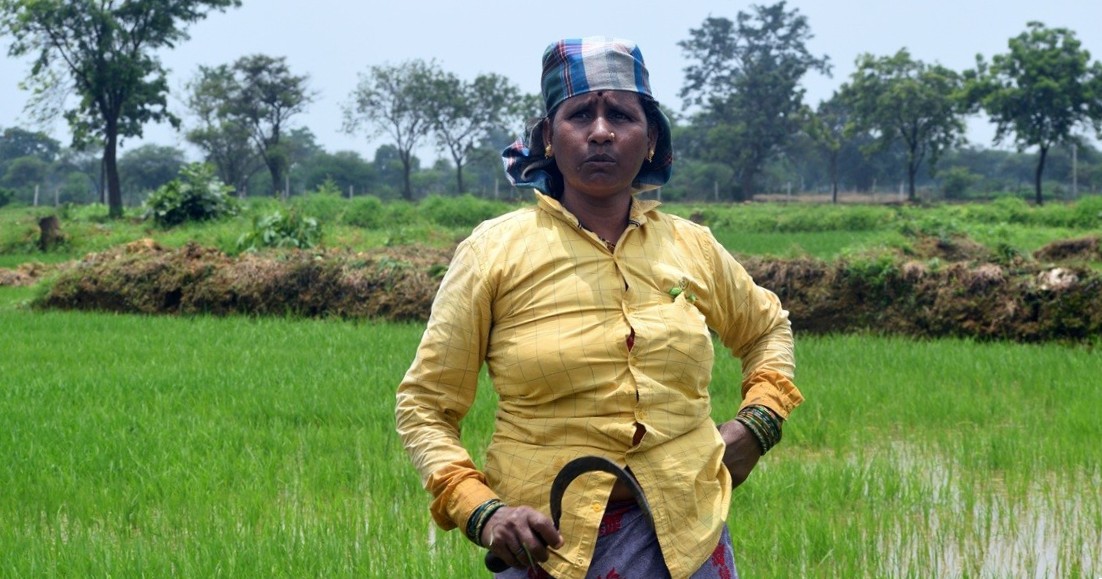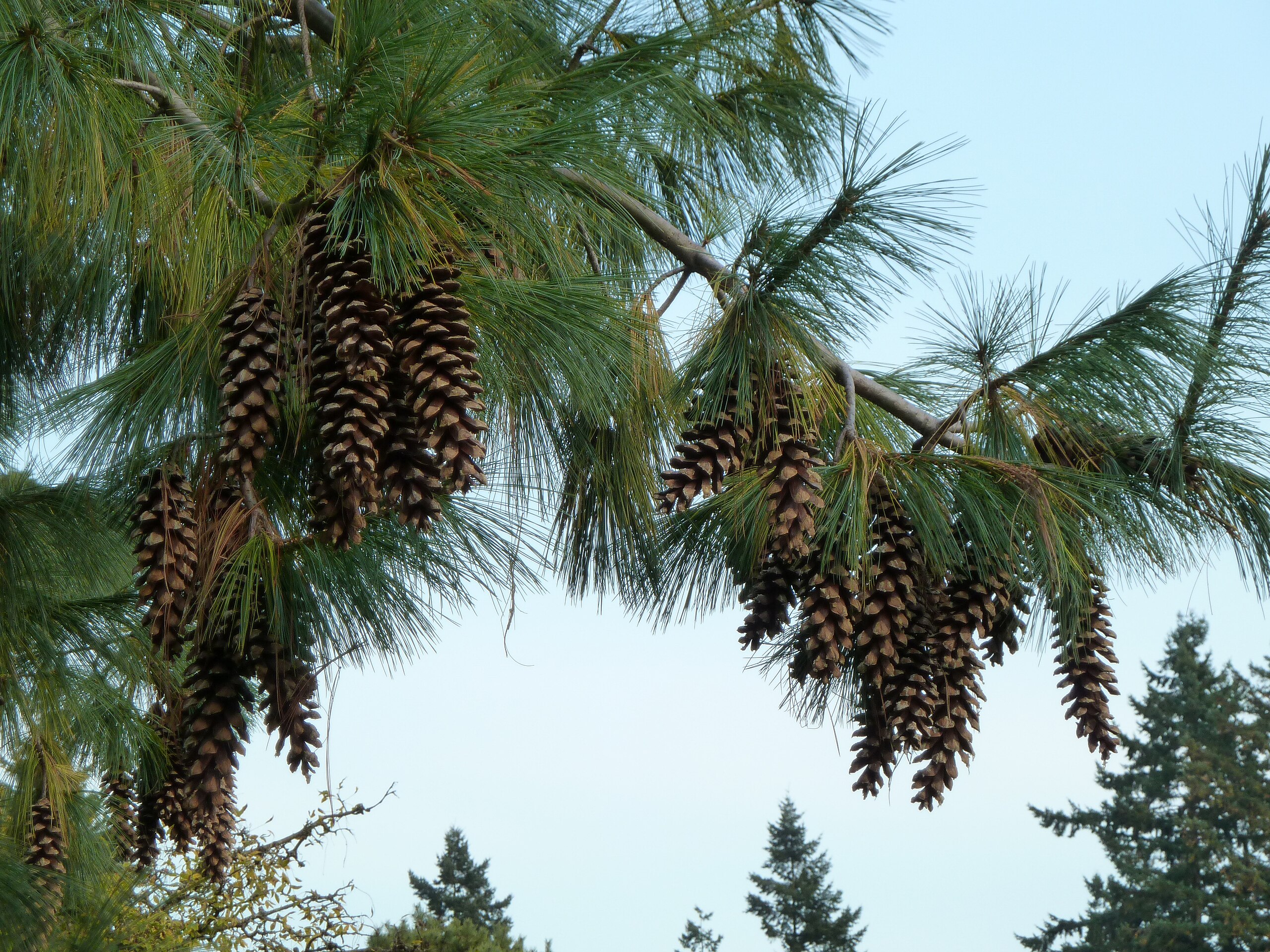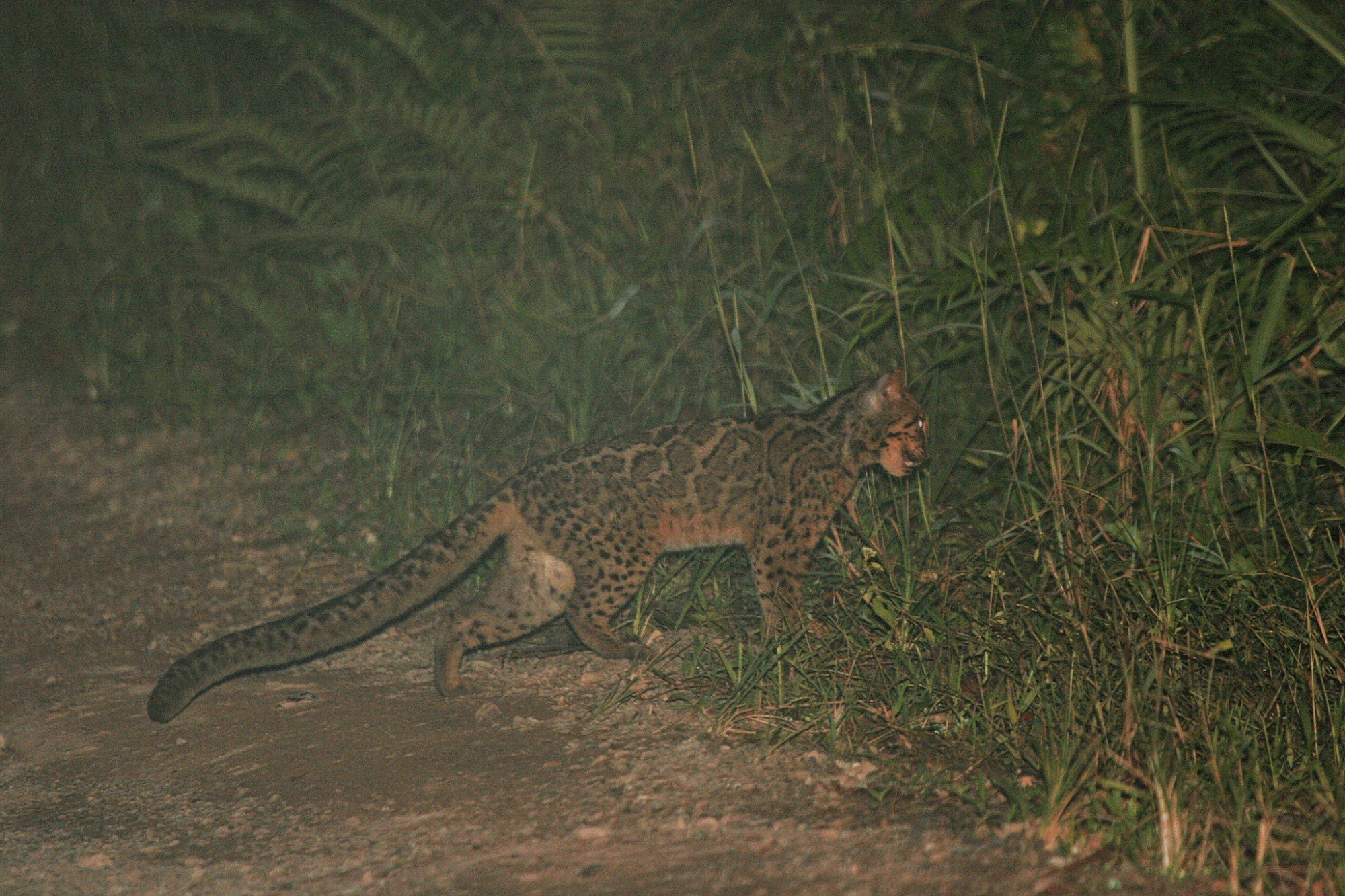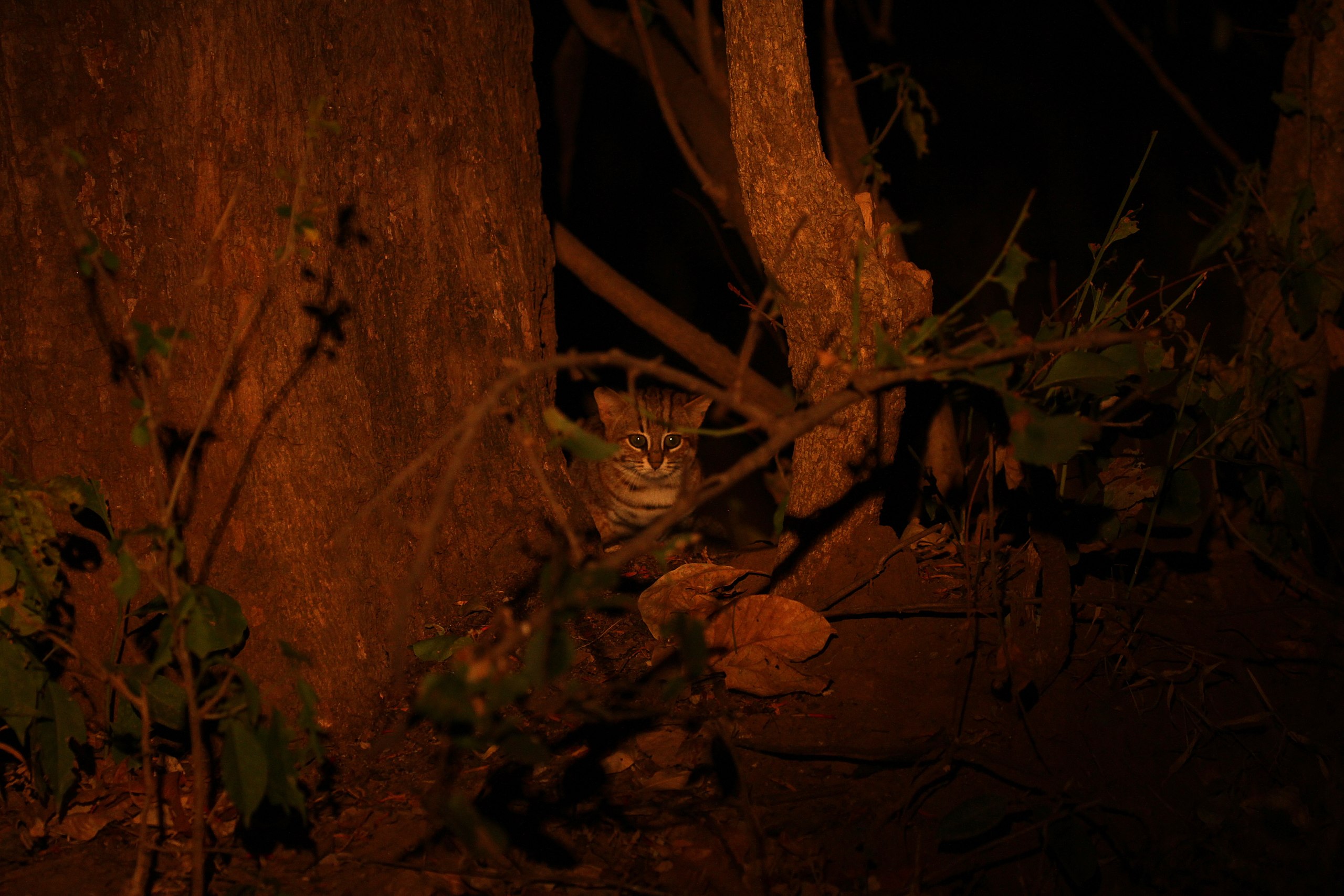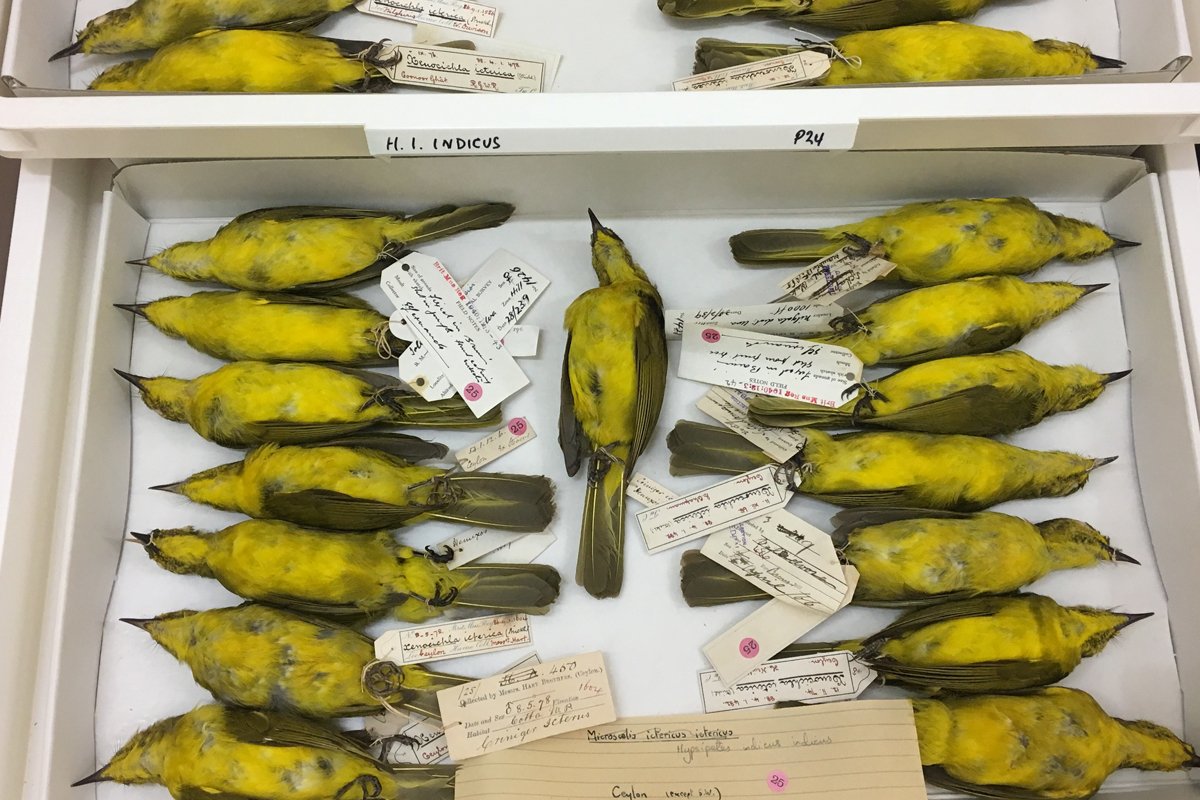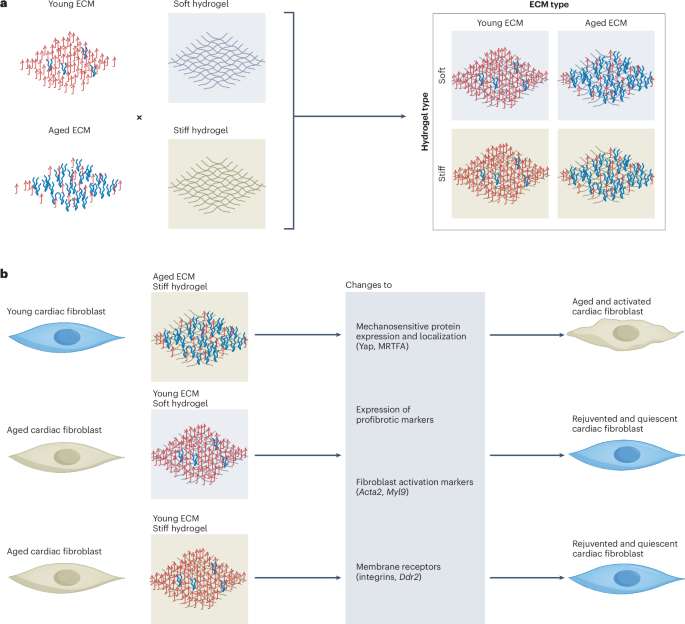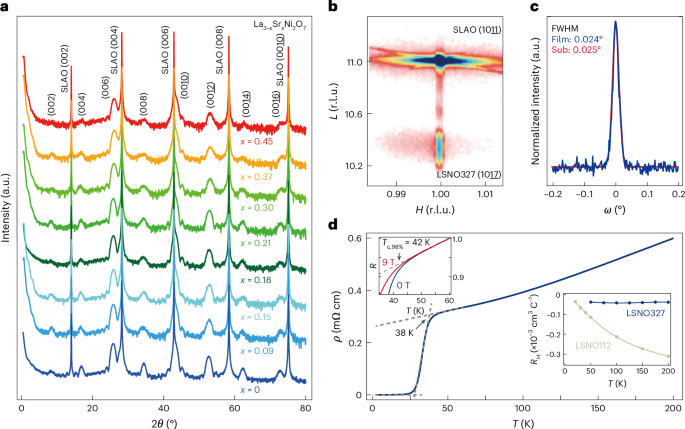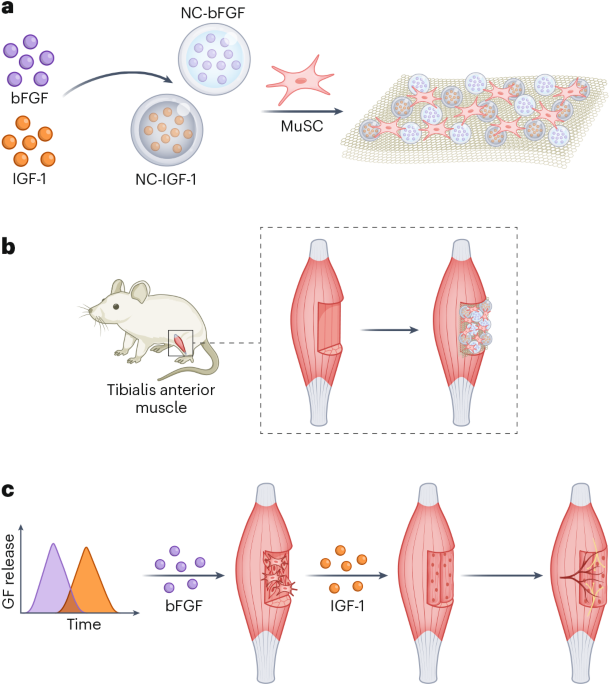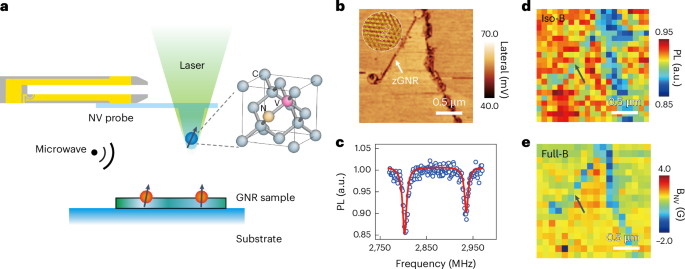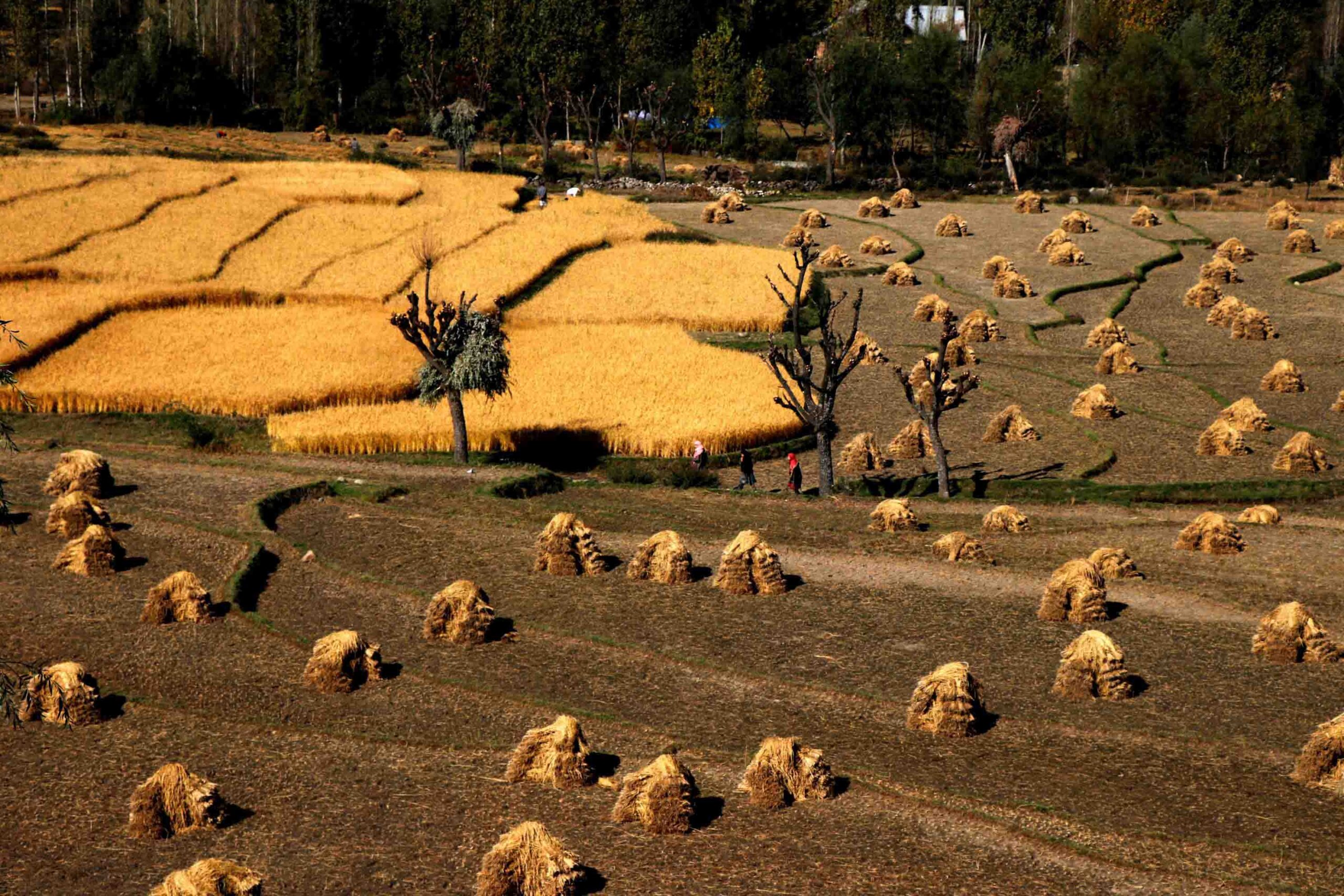
The Nilgiris in Tamil Nadu has a new species of gecko to its credit, a recent study published in the journal Bionomina reports. Named Dravidogecko coonoor, the animal, which is a part of the Dravidogecko genus endemic to the high-elevation regions of the Western Ghats, was identified from Coonoor in the Upper Nilgiris. The discovery adds to the growing list of endemic reptiles in the higher elevation region, including Cnemaspis anandani, Cnemaspis nilagirica, Cnemaspis indica and Hemiphyllodactylus nilgiriensis.
Dravidogecko coonoor is a potentially threatened gecko species, whose population, as far as the studies could assess, exists entirely outside the protected area network. The lead author of the paper, A. Abinesh Anbazhagan, now based at the Pondicherry University, first encountered the species in 2019 during his MPhil studies at the Government Arts College, Ooty. “I was at Coonoor observing the night sky in an abandoned shed when the gecko landed on my shoulder,” recalls Anbazhagan. “It looked different from any known species. At the time, my MPhil was focused on geckos, and I had also come across a paper that described six new species of Dravidogecko. Their map marked Coonoor, but they had no specimen from here. But I had one on my hand.” While he started studying its distribution then, COVID-19 and a subsequent job at the IISc in Bengaluru came in the way.
Later, the species found mention in a 2021 paper under the name Dravidogecko coonoorensis, based on genetic divergence. However, the description did not meet the requirements of the International Code of Zoological Nomenclature (ICZN), as it lacked a formal, character-based diagnosis tied to physical specimens. Consequently, the name was rendered nomenclaturally unavailable.
Anbazhagan and colleagues waited for over a year for the authors of the 2021 study to validate the species name. When no follow-up occurred, they went ahead with formal description. “We retained the name to honour the original work,” he says.
The new Bionomina paper provides a full typification and morphological description of the species, based on four specimens collected from Coonoor in June 2019. The holotype and three paratypes were collected from buildings and vegetation in the Coonoor township, at elevations between 1750 and 1905 metres above sea level. Tissue samples were preserved for genetic analysis and the specimens have been deposited at the Zoological Survey of India’s Southern Regional Station in Chennai.
Dravidogecko coonoor is distinguished from its congeners by a combination of traits, including 24 to 26 ventral scale rows, 38 precloacal-femoral pores in males, and specific counts of subdigital lamellae. Field observations indicate the gecko is nocturnal, arboreal and often found in human-modified habitats such as building walls and tree trunks in plantation landscapes.
Banner image: Dravidogecko coonoor. Image by Rishi Kesavan.






